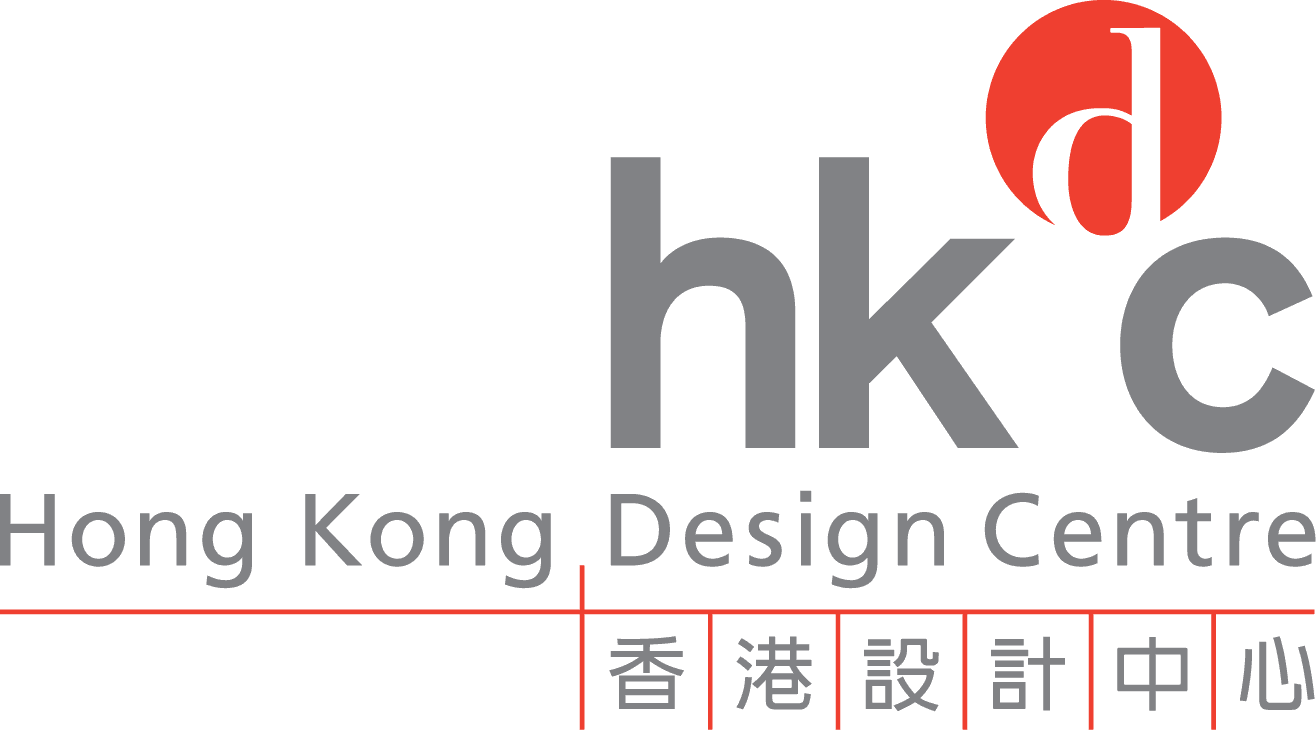









Sumu Yakushima / Japan
Further images
-
(View a larger image of thumbnail 1
)

-
(View a larger image of thumbnail 2
)
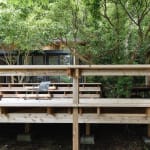
-
(View a larger image of thumbnail 3
)
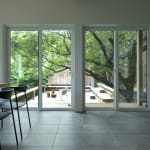
-
(View a larger image of thumbnail 4
)
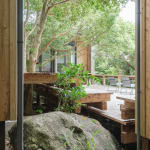
-
(View a larger image of thumbnail 5
)
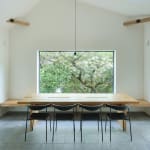
-
(View a larger image of thumbnail 6
)
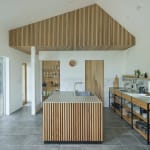
-
(View a larger image of thumbnail 7
)

-
(View a larger image of thumbnail 8
)

-
(View a larger image of thumbnail 9
)

-
(View a larger image of thumbnail 10
)
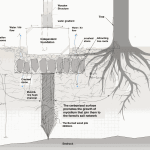

In Touch with Nature
Located on Yakushima Island in southern Japan’s Kagoshima prefecture, Sumu Yakushima is more than an experiment in housing. The vacation house’s design takes into consideration its impacts to the natural environment and endeavours to nurture the ecosystem to which this human habitation also belongs. This holistic approach to the site and building is based on the notion of “regenerative architecture”, which calls for a new relationship between human habitation with mother nature.
Regenerative Architecture
Yakushima Island is renowned for its dense, unspoiled forests, picturesque rivers and waterfalls, majestic mountains, and pristine beaches. As such, it is a paradise for ecotourism whose future depends on the delicate balance between human activities and environmental conservation. Sumu Yahushima is a co-op vacation home created by eight owners, who intend to share the neighbouring natural beauty and the house among themselves, their family members, and trusted friends. In the pre-design phase, the design team went above and beyond to ensure that the house will exist in harmony with its surroundings. The house’s orientation is based on in-depth study of the forest surrounding the site and wind direction. Moreover, the foundation was designed to promote the soil. Overall design was informed by the long-term view of how the house will interact with the environment.
Landscape Design
Even the ground below the house was designed to promote the soil. Charred wood, a Japanese technique to condition and prime timber for construction, was placed under the foundation to create a favourable environment for mycelium to grow. Just like a tree root that grows deeper into the ground, the fungal colony binds the substrate, which is the house’s foundation, with the soil to create a symbiotic relationship, both literally and figuratively, between the house and the environment.
Let the Forest Breathe
The home’s off-grid kitchen is constructed with local cedar timber. The cooker is powered by solar panels. The houses sit on a raised deck so as to minimise the disruption to the wind blowing across the forest. The natural flow of air and water allows the forest to breathe. In addition, the raised buildings stop damp from rising, ensuring the occupants’ comfort in the forest’s humid microclimate. As demonstrated in Sumu Yakushima, regenerative architecture introduces the natural environment such as soil microorganisms, wind, and water early on into the design process and shows human’s deep respect for nature. The resulting vacation home will fulfil recreational function and maximise its ecological value for countless years to come.
